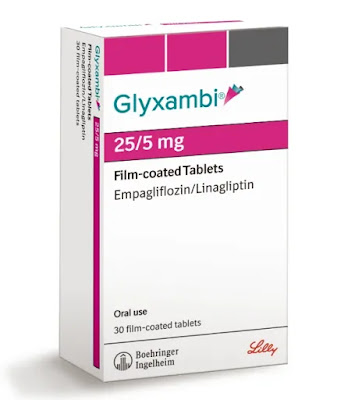What is Darzalex?
Daratumumab is an anti-cancer drug. It binds to CD38, which overexpresses multiple myeloma cells.
Darzalex is a prescription drug used to treat adults with multiple myeloma. It is unclear whether Darzalex is safe and effective in children.
What are the important side effects of Darzalex?
Darzalex may cause serious reactions, including:
1.Infusion reaction.
Infusion reactions are common in Darzalex and can be severe. If you have an infusion reaction, your health care provider may temporarily stop the infusion or completely stop treatment with Darzalex. If you experience any of the following symptoms, please seek medical help immediately:
- Shortness of breath or difficulty breathing
- Dizziness or lightheadedness (hypotension)
- Cough
- Respite
- Tight throat
- Runny or stuffy nose
- Headache
- Itching
- Nausea
- Vomiting
- Chills
- Heat
2. Blood Test Changes
Darzalex will affect the results of blood tests to match your blood type. After you take the last dose of Darzalex, these changes can last up to 6 months. Before starting treatment with Darzalex, your health care provider will perform a blood test to match your blood type. Before accepting a blood transfusion, please inform all healthcare providers that you are receiving Darzalex treatment.
3. Blood Cell Count Decreases
Darzalex reduces the number of white blood cells that help fight infection, and blood cells called platelets help clot blood. Your healthcare provider will check your blood count during treatment with Darzalex. If you have a fever or signs of bruising or bleeding, please tell your healthcare provider.
The most common side effects of Darzalex include:
- Tired
- Nausea
- Diarrhea
- Shortness of breath
- Difficulty sleeping
- Feel weak
- Loss of appetite
- Heat
- Cough
- Muscle cramps
- Backache
- Arthralgia
- Vomiting
Tell your healthcare provider if you have any side effects that are bothering you or will not go away.
These are not all possible side effects of Darzalex. Call your doctor for medical advice about side effects. You can report side effects to FDA at 1-800-FDA-1088.
The fact of DARZALEX (Daratumumab) injection 100mg / 5ml and 400mg / 20ml vials?
Medical Name: DARZALEX
Common Name: Daratumumab
Approval Date: November 16, 2015
Company Name: Janssen Biotech
Available Forms and Strengths: 100mg / 5ml and 400mg / 20ml injections
What are the indications and usage?
DARZALEX is a kinase inhibitor suitable for the treatment of symptomatic or progressive medullary thyroid cancer in patients with unresectable locally advanced or metastatic disease. Is a monoclonal antibody against human CD38, suitable for the treatment of patients with multiple myeloma, these patients have received at least three previous therapies, including proteasome inhibitors (PI) and immunomodulators, or PI and immunomodulators Double resistance?
The instruction has been approved under accelerated approval based on the response rate
Dosage and Administration
Recommended dosage and schedule
Manage medications before and after infusion.
After dilution in 0.9% sodium chloride injection (USP), it can only be administered as an intravenous infusion.
DARZALEX should be managed by medical staff and should immediately use first aid equipment and appropriate medical support to manage the infusion reactions that occur.
If you want to get more information Click here












